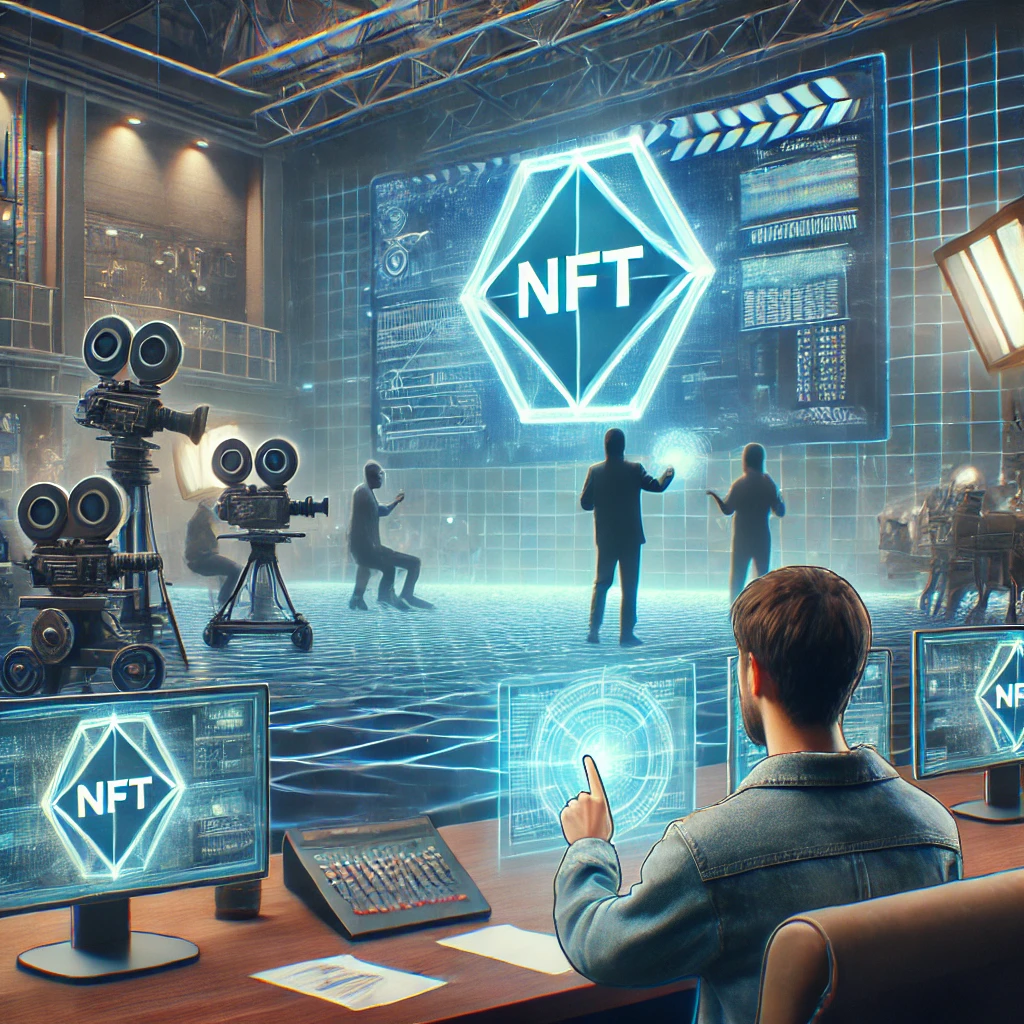As the 2025 Academy Awards approach, it’s an opportune moment to explore how blockchain technology is making inroads into the film industry, offering innovative solutions that could revolutionize various aspects of filmmaking and distribution.
Transparent and Efficient Royalty Distribution
Blockchain’s decentralized ledger system ensures that all transactions are transparent and immutable. In the film industry, this means that revenue from ticket sales, streaming, and other distribution channels can be accurately tracked and automatically distributed to all stakeholders—actors, directors, writers, and crew—through smart contracts. This automation reduces administrative overhead and ensures timely and fair payments.
Decentralized Film Financing
Traditional film financing often involves numerous intermediaries, which can dilute creative control and profits. Blockchain enables filmmakers to raise funds directly from a global audience through tokenized crowdfunding platforms. Investors can purchase tokens that represent a stake in the film’s potential earnings, democratizing investment opportunities and allowing creators to maintain greater control over their projects.
Combatting Piracy and Ensuring Intellectual Property Rights
Piracy has long plagued the film industry, leading to significant revenue losses. By registering films on a blockchain, each piece of content is time-stamped and immutable, creating a verifiable record of ownership and distribution rights. This makes it easier to track unauthorized usage and enforce intellectual property rights, thereby protecting creators’ revenues and maintaining the integrity of their work.
Innovative Distribution Models
Blockchain facilitates peer-to-peer content distribution, allowing filmmakers to bypass traditional distribution channels. For instance, the film “No Postage Necessary” was released using blockchain technology, enabling viewers to stream the movie using cryptocurrency payments. This approach not only broadens the audience reach but also provides a secure and transparent method for tracking viewership and revenues.
Enhanced Audience Engagement Through NFTs
Non-Fungible Tokens (NFTs) offer a novel way for filmmakers to engage with their audience. By tokenizing unique film assets—such as behind-the-scenes footage, limited edition posters, or exclusive interviews—creators can offer fans collectible digital items. These NFTs can serve as additional revenue streams and foster a deeper connection between the audience and the film.
Real-World Example: “Trust Machine: The Story of Blockchain”
The 2018 documentary “Trust Machine: The Story of Blockchain” not only explores the potential of blockchain technology but also utilized it in its distribution strategy. By embracing blockchain, the film demonstrated the practical applications of the technology within the industry, setting a precedent for future projects.
Conclusion
Blockchain technology holds the potential to transform the film industry by introducing transparency, efficiency, and new revenue models. As more filmmakers and studios adopt these innovations, we may witness a more equitable and dynamic cinematic landscape in the years to come.
